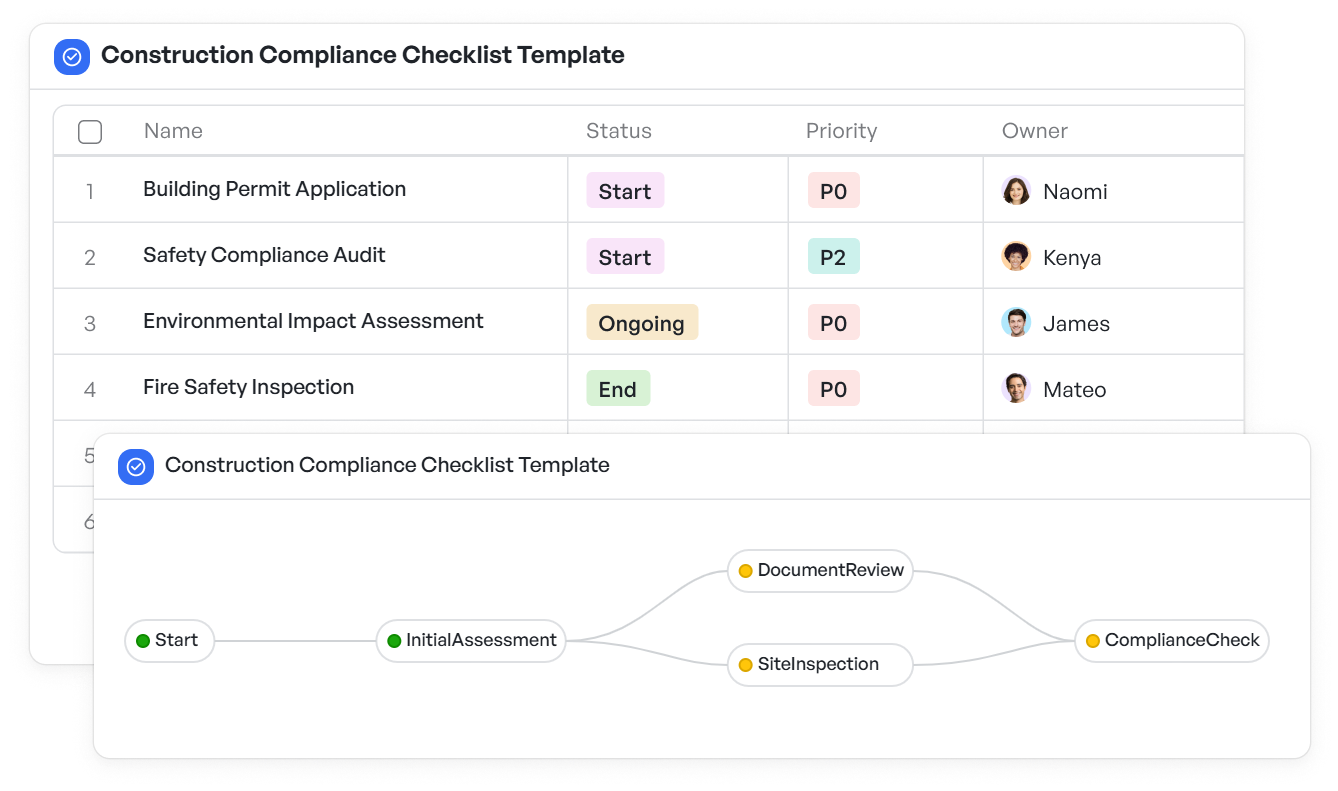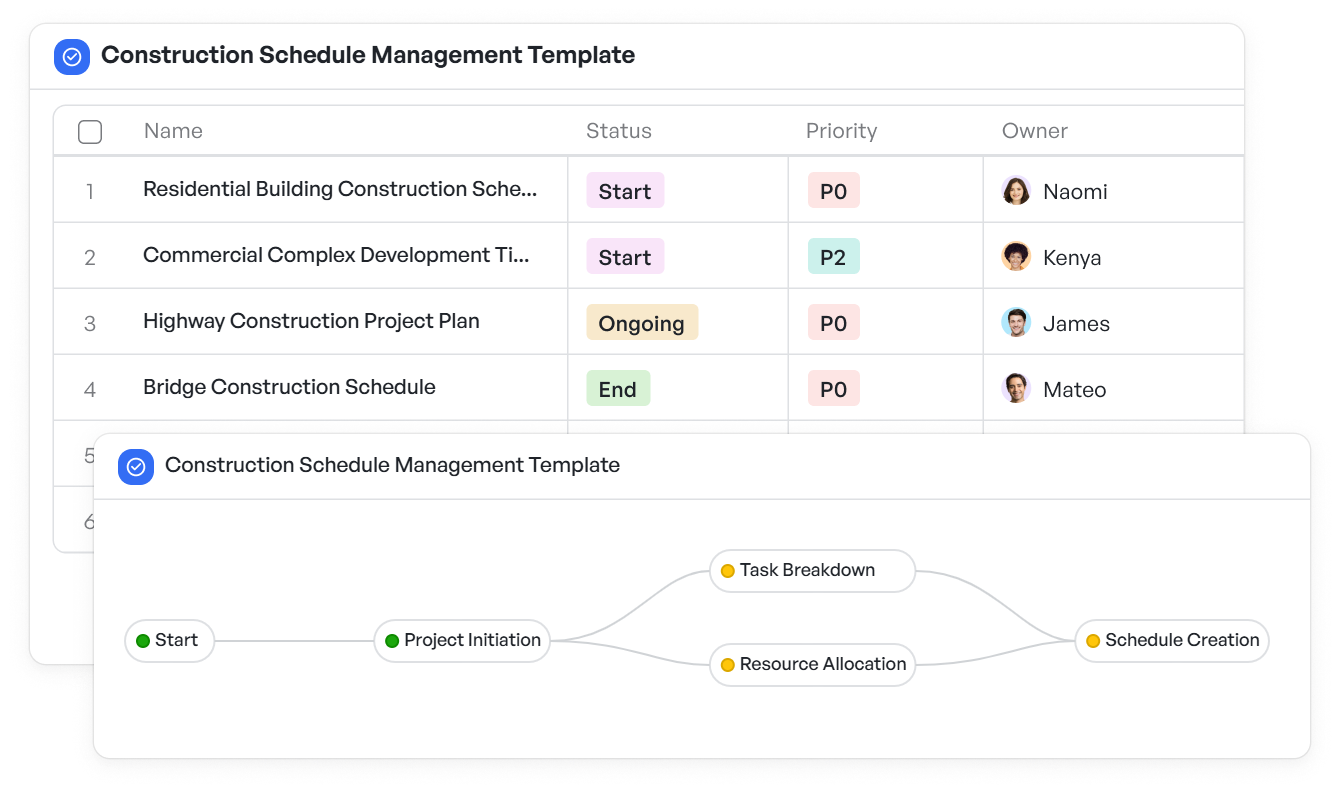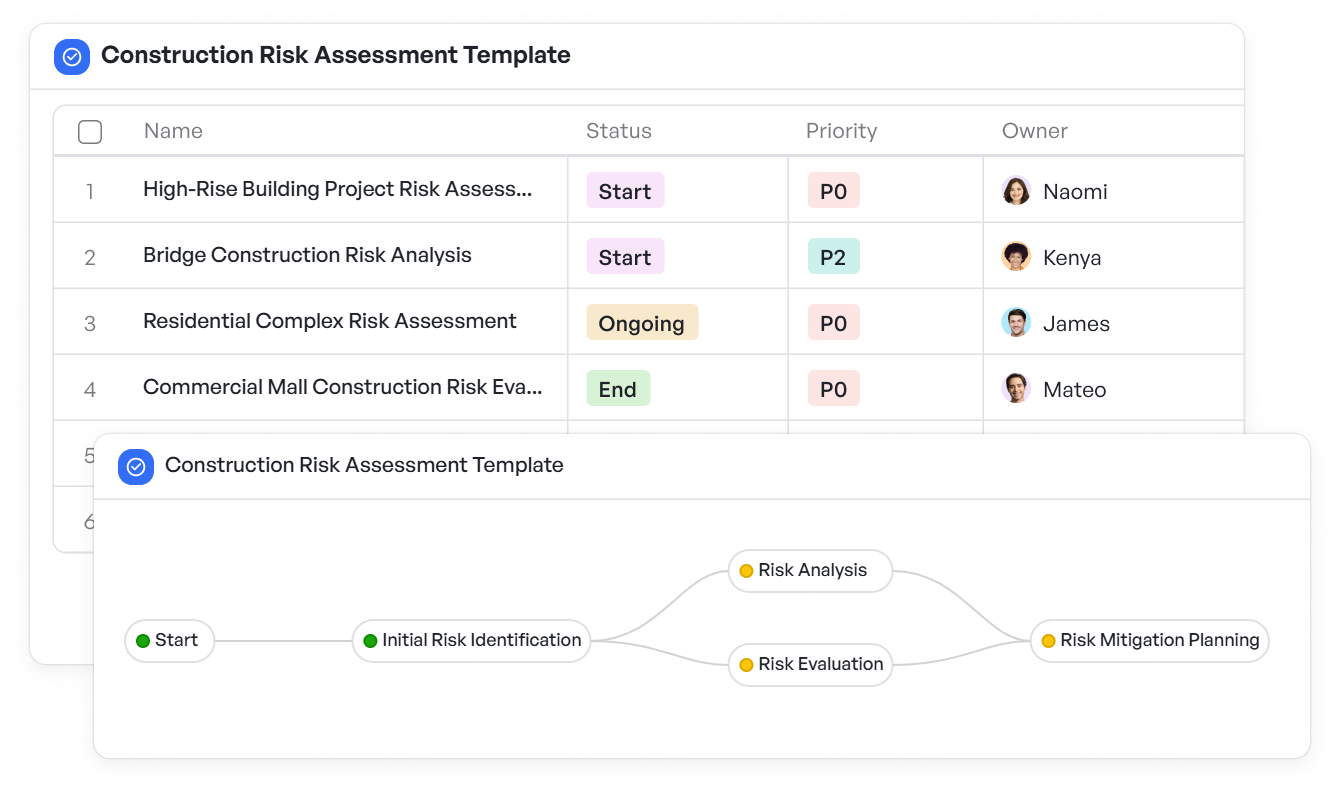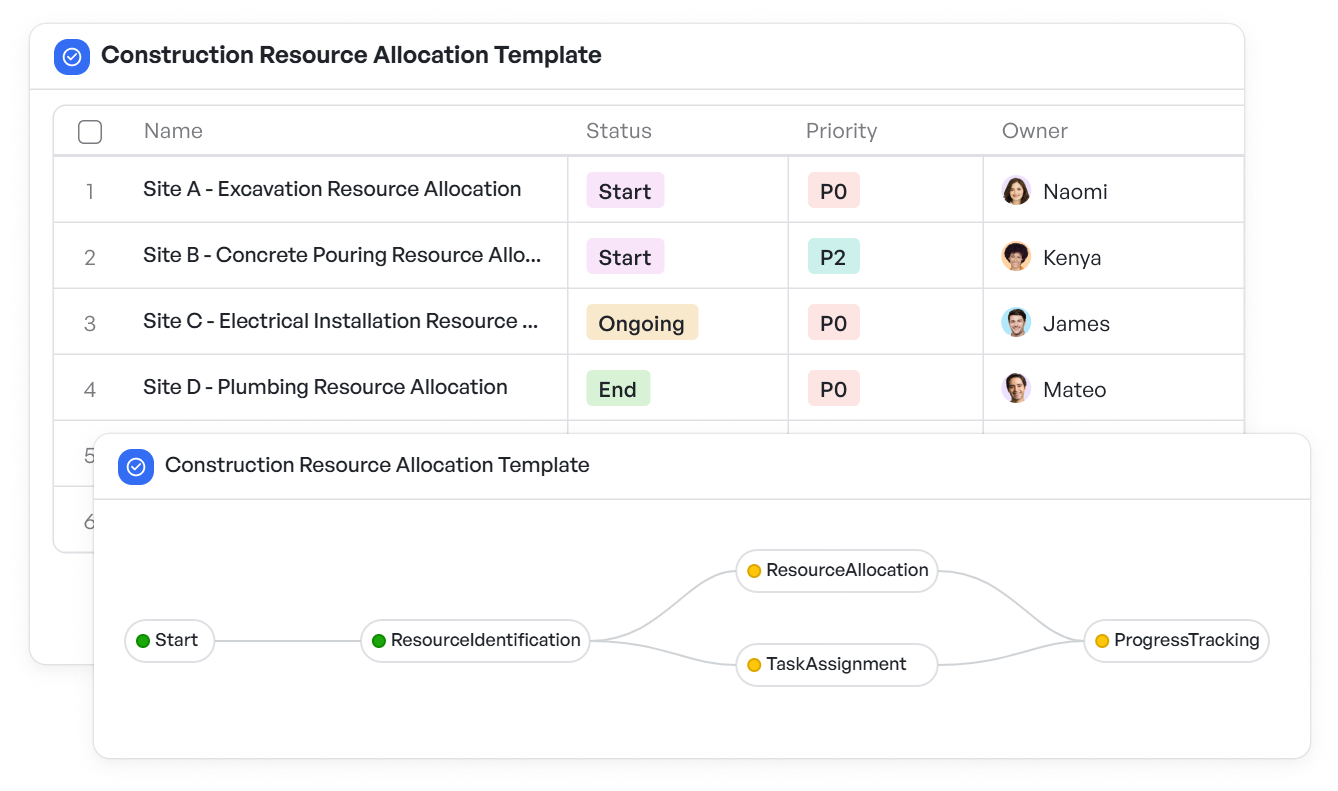How to Implement Pair Programming in Construction

Construction firms today rely heavily on software systems for everything from building information modeling (BIM) to field reporting. Behind these tools are engineering teams tasked with balancing accuracy, speed, and regulatory compliance, all while navigating constant change and tight timelines.
That’s where pair programming becomes especially useful. It’s a simple but structured method where two engineers work together: one codes (the driver), the other reviews in real time (the observer). And in construction-focused environments, this practice can be a game-changer.
In this article, we’ll explore why pair programming fits so well in construction, how to identify the right use cases, and how to implement it effectively without slowing down delivery.
How Pair Programming in Construction Adds Value
The systems built for construction, such as scheduling engines, permit workflows, and site safety apps, are deeply integrated and risk-sensitive. A single bug in a compliance module or a miscalculation in a scheduling algorithm can delay an entire project.
Pair programming brings real-time review and shared understanding to complex build logic, helping:
- Catch errors before they hit production
- Align two minds on intricate calculations or business logic
- Spread knowledge about domain-specific regulations and workflows
Unlike manufacturing or finance, where systems are stable, construction software often evolves with each project. The variability makes pair programming a natural fit.
3 Use Cases of Pair Programming in Construction
Pairing engineers is not always necessary, but in the following cases, it adds measurable value:
1. Compliance-Driven Tools
It includes developing features related to local building codes, occupational safety and health administration (OSHA) regulations, or safety checklists benefit from dual oversight. The construction compliance checklist template can help define these rules clearly before development begins.
 Define safety rules early with the construction compliance checklist template
Define safety rules early with the construction compliance checklist template2. Field Reporting Applications
Apps used by on-site workers must balance ease of use with accurate data capture. Pairing a backend developer with a frontend or UX-focused teammate leads to faster iterations and fewer usability issues.
3. Resource and Timeline Planning Engines
These modules often integrate with enterprise resource planning (ERP) or geographic information system (GIS) systems and must handle dozens of edge cases. Pair programming here reduces logic gaps and avoids last-minute scrambles.
For scheduling-sensitive workflows, the construction schedule management template helps teams define phases, allocate tasks, and monitor timelines—all essential for upstream development planning.
 Plan phases and timelines clearly with the construction schedule management template
Plan phases and timelines clearly with the construction schedule management templateBenefits of Pair Programming in Construction
While fewer bugs and clearer commits are great outcomes, construction software teams also gain:
1. Faster Onboarding
New hires, especially those unfamiliar with local compliance rules or field logic, can learn faster by pairing with experienced developers.
2. Reduced Knowledge Silos
Teams often work in silos: site data teams, mobile app devs, backend infrastructure folks. Pair programming fosters cross-functional awareness, enhancing management in construction teams.
3. Stronger Handoff Quality
When engineers co-create a feature, documentation tends to be better. Paired code is more readable and often needs fewer revisions during quality assurance (QA) or when passed to another team.
4. Better Visibility for Ops and PMs
Pairing often results in clearer commit messages, comment threads, and traceability—making it easier for project managers to monitor work quality across workflows.
4 Steps to Roll Out Pair Programming Without Creating Bottlenecks
Pair programming doesn’t mean two engineers glued together all day. The goal is to be strategic, pair on complex or high-risk tasks and allow solo time for execution or testing.
Here’s how to make the rollout effective:
1. Start with Strategic Areas
Identify problem areas—frequent bugs, confusing logic, modules with high rework. Begin with pairing only in those zones. Over time, expand based on ROI.
For example, during risk-intensive builds, you might start by pairing on modules supported by the construction risk assessment template to avoid redundant code or missed edge cases.
 Use the construction risk assessment template to guide the pairing focus
Use the construction risk assessment template to guide the pairing focus2. Use Visual Workflows to Assign and Track
Clarity is crucial. Tools with visualized workflows let you assign pairs, monitor progress, and identify blockers without micromanaging.
To simplify resourcing, the construction resource allocation template allows project leads to match engineers based on skill availability, project phase, and pairing needs.
 Match engineers effectively with the construction resource allocation template
Match engineers effectively with the construction resource allocation templateThis template supports flexible rotation across:
- Safety module builds
- Integration-heavy features
- Permit processing logic (using the building permit workflow template)
3. Rotate Pairings Frequently
Sticking to one pair too long limits learning. Regular rotation (weekly or per feature set) builds team-wide awareness and distributes ownership.
4. Don’t Force It for Every Task
Solo development works fine for quick bug fixes or boilerplate scripts. Save pairing for feature builds, complex refactors, or setup of critical infrastructure.
Objections You Hear About Pair Programming in Construction And How to Respond
While pair programming offers clear benefits, it’s common to encounter skepticism. Here are frequent objections and how to address them effectively.
| Objection | Rebuttal |
|---|---|
| “It slows us down.” | Not when used selectively. It reduces rework, improves onboarding, and increases release confidence. |
| “We don’t have tools for it.” | Use workflow templates and visual task boards to manage pairings seamlessly. |
| “It won’t work for everything.” | True. Use it where complexity, risk, or knowledge sharing matter most. |
Pairing Metrics That Matter for Pair Programming in Construction
When piloting pair programming, keep it outcome-driven. Monitor:
- Post-deployment defect rate
- Time spent on rework or refactoring
- Time to ramp up new team members
- Engineer feedback (burnout, collaboration effectiveness)
This data helps evaluate which modules benefit most from pairing and where to scale it next.
Bridging BIM and Pair Programming in Construction
While not explicitly called “pair programming,” companies like Pinnacle Infotech demonstrate similar collaborative engineering practice in their BIM implementation workflows. Their process involves tight coordination between BIM engineers and project facilitators, especially during resource planning, compliance alignment, and risk modeling.
In practice, this resembles pair programming—two professionals co-owning a complex task, bringing domain knowledge and technical execution together. It highlights how structured collaboration, real-time decision-making, and shared accountability lead to higher code and design quality in construction technology.
Build Smarter Construction Software, Together
Construction projects are high-pressure environments where late deliveries and code errors can result in real-world delays or compliance risks. Pair programming offers a way to build collaboratively, without sacrificing speed or accountability.
By using visualized workflows, rotating pairs across critical modules, and referencing tools, you can boost alignment and code quality, even as project complexity grows.
Bring structure to pair programming in construction using Meegle’s visual workflows.
The world’s #1 visualized project management tool
Powered by the next gen visual workflow engineRead More
Check All BlogsStart creating impactful work today



